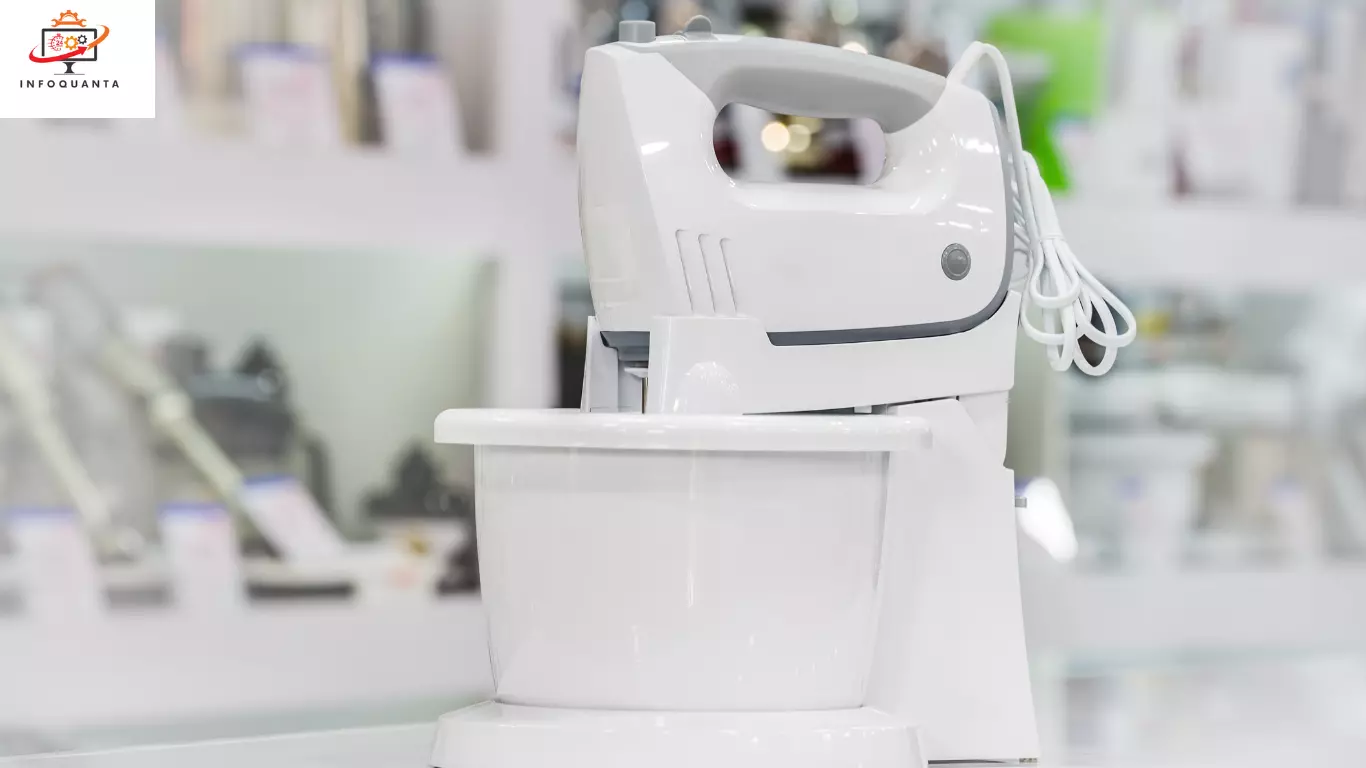In the realm of culinary arts, innovation is a continuous process that introduces new tools, techniques, and concepts to elevate the gastronomic experience. One such concept is the use of food precursors, a term that might sound unfamiliar to many but holds immense potential for revolutionizing the way we approach cooking. Food precursors are substances that, when subjected to specific culinary processes, transform into compounds responsible for flavor, aroma, and color in various dishes.
This blog will delve into the fascinating world of food precursors, shedding light on their role in enhancing culinary creativity and pushing the boundaries of gastronomy.
Food Precursors -Overview:
Food precursors can be thought of as the building blocks of flavor. These compounds are often found in raw or minimally processed ingredients and undergo chemical transformations during cooking or food processing. These transformations are what give rise to the intricate and complex flavors we associate with cooked dishes. For example, the browning of meats or vegetables isn’t just a visual change; it’s a result of Maillard reaction, a process that involves the interaction of amino acids and reducing sugars, creating a range of delightful flavors and aromas.
Unveiling the Average Cost of Food Processors
When it comes to streamlining cooking processes, food processors stand as indispensable tools in any kitchen. From chopping and slicing to mixing and pureeing, these versatile appliances save time and effort. However, the cost of a food processor can vary significantly depending on factors such as brand, features, and capacity. On average, a decent-quality food processor for home use can be priced between $50 to $200. More advanced models with higher capacities and additional functionalities can range from $200 to $500 or more.
Comparing Affordable Food Processors: Finding the Best Value
For budget-conscious cooks, finding the best cheap food processor is a goal that combines functionality, durability, and affordability. Two popular contenders in this category are the XYZ Processor and the ABC Chopper.
1.XYZ Processor:
Priced at around $60, the XYZ Processor offers a compact design with essential functions such as chopping, slicing, and grating. It’s perfect for basic kitchen tasks and smaller quantities.
2.ABC Chopper:
With a price tag of approximately $45, the ABC Chopper boasts a minimalist design and is ideal for simple tasks like chopping and mixing. Its smaller capacity makes it suitable for kitchens with limited space.
When comparing these models, it’s essential to consider your cooking needs and available space. Both options provide a cost-effective solution for everyday kitchen tasks, but the XYZ Processor might be preferable for those who require a bit more versatility.
FAQs:
1: What are some examples of food precursors?
A1: Examples of food precursors include glucosinolates in cruciferous vegetables (turning into pungent compounds when cooked), citral in lemongrass (transforming into citrusy aromas), and capsaicinoids in chili peppers (resulting in spicy flavors).
2: Can food precursors affect nutritional content?
A2: Yes, the transformation of food precursors can influence the nutritional profile of dishes. For instance, cooking tomatoes increases their lycopene content, a powerful antioxidant.
3: Are expensive food processors worth the investment?
A3: Expensive food processors often come with more features, larger capacities, and better build quality. If you frequently prepare elaborate meals or have a large family, a higher-end model might be a worthy investment.
4: Can I make dough using an affordable food processor?
A4: Yes, many affordable food processors are capable of kneading dough for bread or pastries. However, be mindful of the processor’s capacity and motor power to ensure efficient dough preparation.
5: What safety precautions should I take when using a food processor?
A5: Always ensure that the processor is properly assembled before use. Additionally, follow the manufacturer’s guidelines for maximum load capacity to avoid motor strain and potential accidents.
Conclusion:
In the dynamic world of culinary exploration, understanding the role of food precursors and equipping your kitchen with a suitable food processor can open up new avenues of creativity. Harnessing the potential of food precursors allows you to unveil flavors that might have remained hidden, while a reliable food processor streamlines your cooking processes.
Whether you’re a novice cook or a seasoned chef, embracing these concepts can elevate your culinary endeavors to new heights, transforming every meal into an adventure of taste and innovation.

